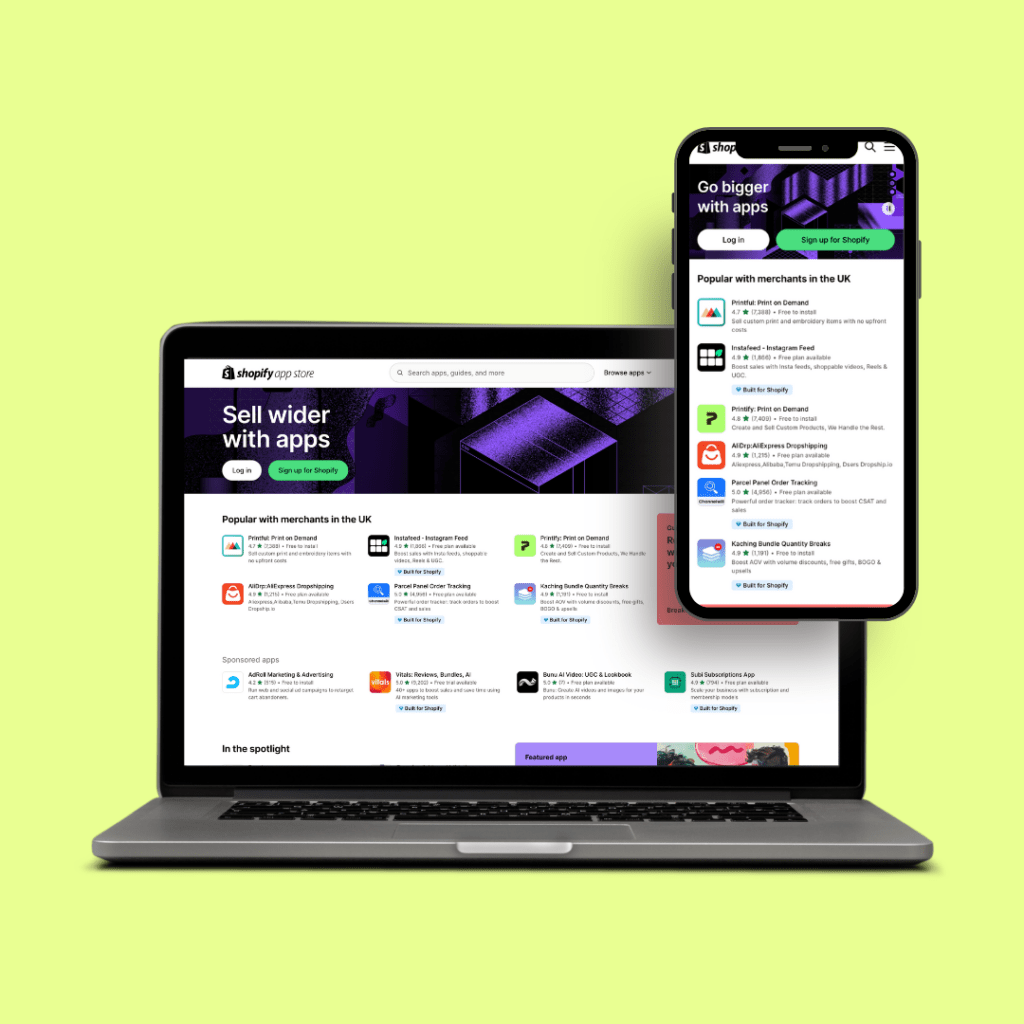

The fold - a debate nearly as old as the internet itself. But is the furore around formatting still relevant?
The fold is not a new concept. It actually comes from newspapers, where positioning content in the top half of the page played a crucial role in grabbing attention and selling papers. We’re delving deep into what the fold means for digital consumption, whether it really exists anymore, and what our developers have to say on the matter.
In 2015, user experience researcher Amy Schade stated,
“What appears at the top of the page vs. what’s hidden will always influence the user experience — regardless of screen size. The average difference in how users treat info above vs. below the fold is 84%"
Anything above the fold is visible in the browser window when the page first loads. Whatever you have to scroll to see is below the fold.
Putting prominent content as high as possible, along with signposts for reaching further content, will best serve users’ primary intentions.
The further a user has to scroll to reach their target content, the more likely they are to lose interest.. Sounds simple. But is it really?
The way people use the internet is changing - 2016 marked the first time in history when more users accessed the web from mobile devices than from desktops.
This makes the particular placement of the fold entirely dependent on which device people are viewing a site on, making it difficult for web designers to say which content will or won’t definitely be above the fold in any particular format.
The next thing to consider is information density - too little content above the fold, and no one will know what they’re looking at. Too much, and people will give up before you’ve got their attention.
Finding the balance between welcoming users with an informative introduction and encouraging users to scroll and explore can be a tricky feat to pull off.
Tim, Technical Analyst

A lot of tests that UX researchers use to base their findings on are done in a vacuum, with testers who are encouraged to interact and provide feedback - so of course they scroll. But the real world scenario is often that most users will immediately leave if there's nothing above the fold that serves the purpose they clicked for.
The hard data coming from tools like Google Analytics and Hotjar show that most users tend not to scroll too much. And that's the bottom line for any website - if 10, 20, or 50% of your users make the effort to click through to your site but choose to leave instead of scroll, are they missing content below the fold that might meet their needs?
Mike P, Web Developer

Of course important content should be near the top, and the site should be usable while getting value out of your traffic - but making decisions based on the concept of the fold will hold you back.
What’s more important is making the content the user is trying to reach easy to access, no matter what device they are viewing the site on. Web performance reports show that we shouldn’t be afraid of the fold - we should simply ensure it’s clear what the website is for and why the user should engage with it from the outset.
Simon, UX Designer

While it makes sense to show the user key information on landing, the idea that people don’t scroll for further information is somewhat outdated.
A good design should encourage or guide the user to find what they are looking for - the fact there is more content lurking below the fold shouldn’t be a surprise to the user, it should be obvious.
So to conclude, based on web users’ scrolling habits, placing an overwhelming amount of information above the fold isn’t helpful. Instead, important objective filling content, calls to action and key messaging should be prioritised. As for everything else, people will scroll and they will find it. Not everything has to be seen immediately - modern UX is best when simple.
Want to go above and beyond the fold? Time to test what Bozboz’s technical team can do.



If you want to showcase your offering, convert more leads, provide resources, or all of the above, we can build a website that separates you from the competition.



